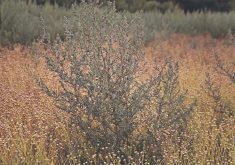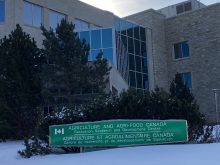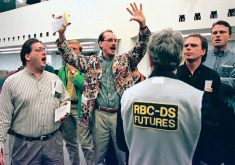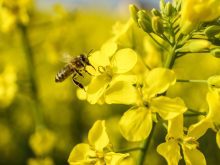At first glance, the report out of Britain seemed like something a supermarket tabloid might dream up for a sensational new twist on mad-cow stories.
Who in their right mind would put Herefords on an endangered-species list? Especially in Britain, where the breed originated.
Unfortunately, that is what has happened. As our freelance correspondent, Alan Harman, notes, British authorities estimate that there are only 350 “pure” Hereford breeding cows left in the country.
That’s not an insult to any of the many millions of Herefords around the world. The British authorities were talking about the genetic makeup of the original strain of Herefords, before the effects of North American and other breeding programs.
Read Also
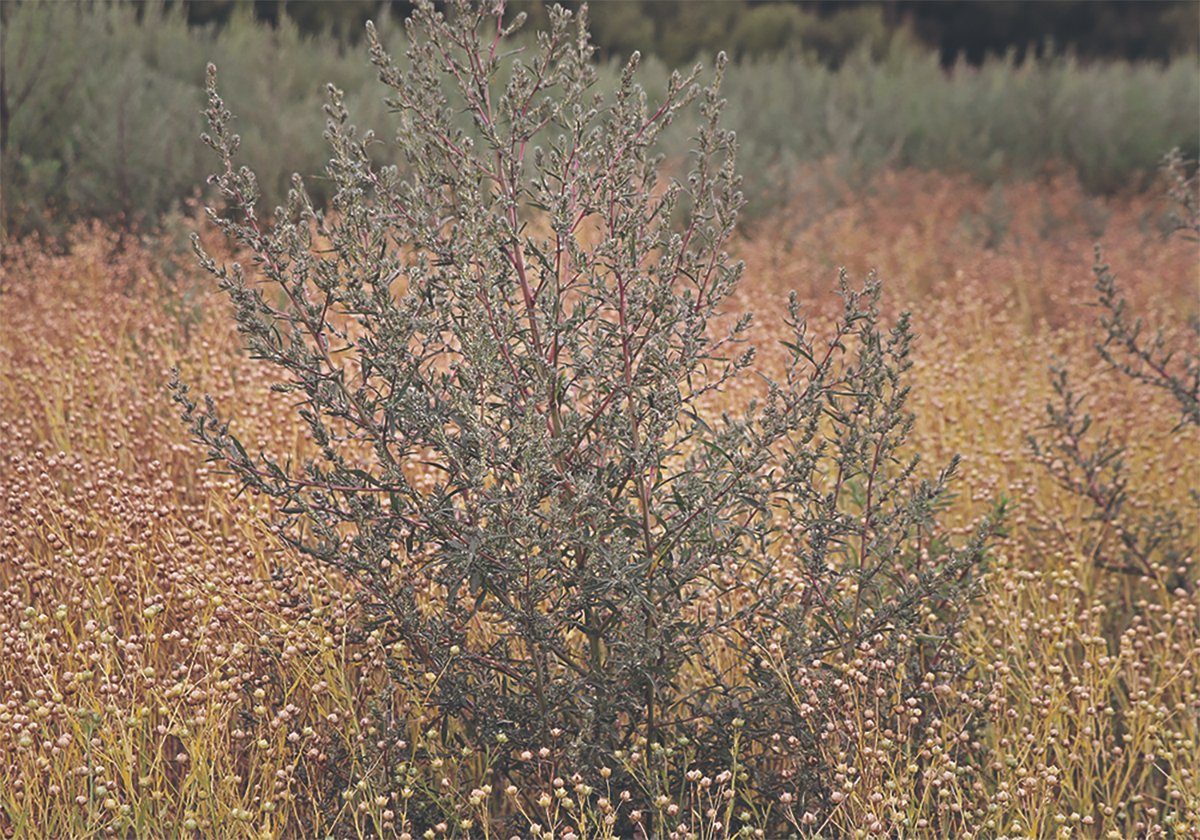
Kochia has become a significant problem for Prairie farmers
As you travel through southern Saskatchewan and Alberta, particularly in areas challenged by dry growing conditions, the magnitude of the kochia problem is easy to see.
The original strain, for example, is about 20 centimetres shorter than modern Herefords.
Other differences might be more debatable. Britain’s Rare Breeds Survival Trust, for example, feels the original strain has advantages over its descendants in meat quality, grazing adaptability and calving ease.
While some North American cattlemen might bristle at the suggestion that their Herefords aren’t completely genuine, or possibly have developed some disadvantages, there is a more important issue involved.
That is the importance of preserving genetic diversity, not only in animals but in plants as well.
As scientists learn more of the secrets of genetics, the value of diversity is increasingly appreciated.
Who knows what rare breed of animal or plant might some day be found to have genetic coding useful for cancer cures or adapting crops to the greenhouse effect?
Conversely, lack of diversity can be risky for producers. If turkey production, for example, became standardized on one breed, and a disease emerged to which the breed was especially vulnerable, it could be devastating for that industry and disruptive for consumers.
That doesn’t mean producers should be forced to use inefficient breeds or plant uneconomic crops. It’s in their interests, and society’s, for food production to be efficient.
Because of its long-term importance to society, this is an area where governments have an important responsibility. Not every government activity should be subject to spending cuts. Maintaining banks of genetic resources, whether on the hoof or as frozen seed, is a legitimate use of public funds.
From that perspective, there is some sense to making Herefords a protected breed. But let’s hope we do not hear next that the same status has been granted to the prairie mosquito.




